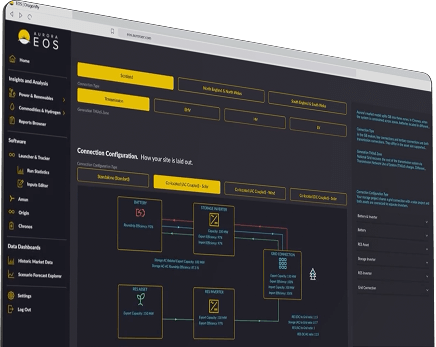We provide decision-makers with actionable intelligence
to navigate and capitalise on the global shift in energy systems.

Clients
+
Countries
+
Transactions
+
Advisory Projects
Strategic market focus
for your sector
Financial Sector
For informed capital allocation in evolving energy landscapes, energy investors trust Aurora's analytical rigour and regulatory expertise.
Energy Consumers
Large-scale businesses optimising energy procurement, balancing cost-efficiency, reliability, and sustainability while meeting operational and regulatory requirements.
Utilities
Organisations managing energy generation, transmission, and distribution, optimising grid performance and integrating renewables to meet future energy demand.




























